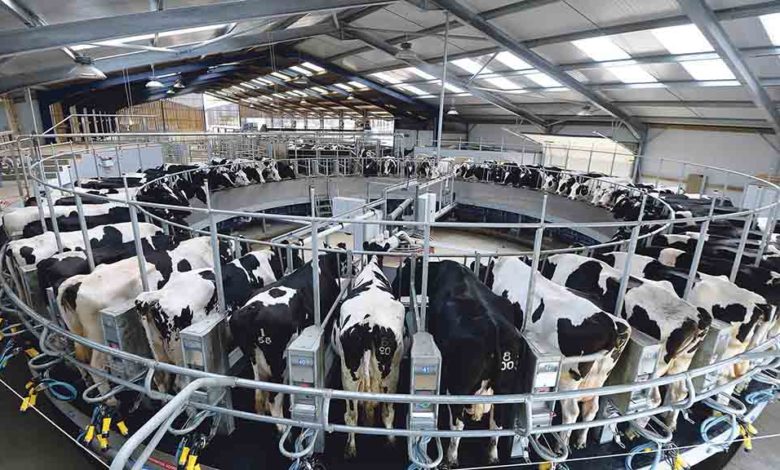KALRO Train Farmers On Milk Production

Kenya Agricultural and Livestock Research Organisation (KALRO) has embarked on a campaign to train dairy farmers in a move that will see the country’s milk production rise by 25 per cent.
KALRO Director General, Eliud Kireger, said the Country was producing 5.3 billion liters of milk annually, which he added, was way below the demand and which was now forcing the Country to import milk from Uganda and Tanzania.
The Director blamed poor quality feeds, diseases and poor breeds for the low milk production but assured that the Country had the potential for meeting its milk demand if dairy farmers were well trained on the use of modern farming technologies.
He said KALRO was partnering with the World Bank to train farmers on dairy farming value chain courtesy of the Kenya Climate Smart Agriculture project where farmers from 16 counties are set to benefit.
Dr. Kireger, who was speaking during a training session for dairy farmers from Nyeri and Uasin Gishu counties at the Naivasha farm, said the trainings were mainly focusing on disease control and quality breeds with a department on the same being established at the farm.
He added that the organisation was keen on addressing the high costs of animal breeds through provision of quality and certified breeds.
The Director said KALRO was also training the farmers on ways to formulate cheaper food rations as compared to using expensive dairy meals.
A section of livestock production officers from the two counties had raised concern over the high cost of dairy meals and appealed for farmers to be trained on alternative ways of coming up with cheaper but quality feeds in addition to better milk storage to reduce production costs.
According to John Wainana, a dairy farmer from Nyeri, the training was an eye opener on ways to reduce the production costs without affecting the quantity and quality of milk.
He added that as new trainees they are going to educate other farmers in their respective counties on ways to improve on milk production to achieve maximum profit margins.







